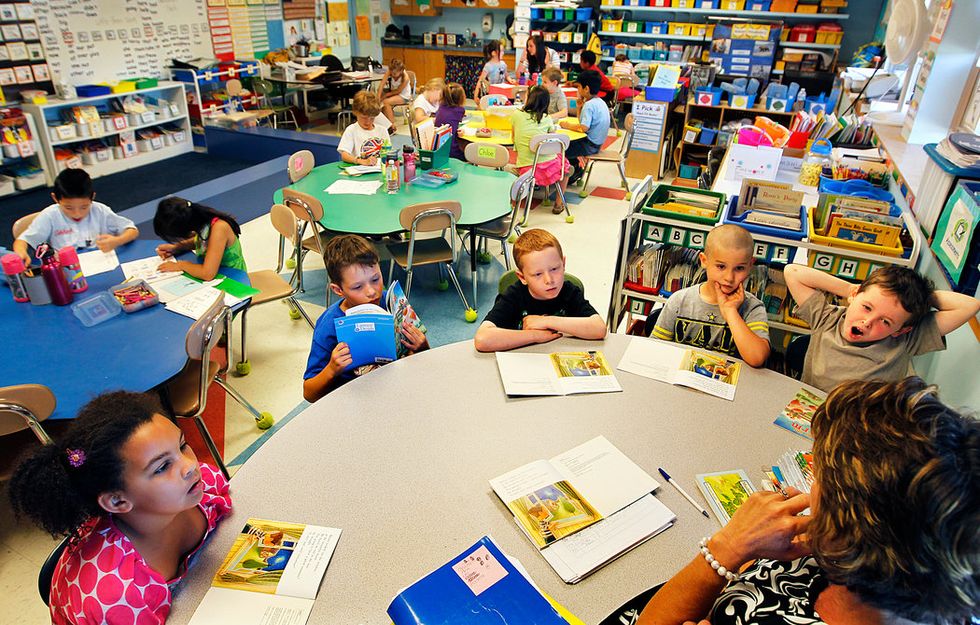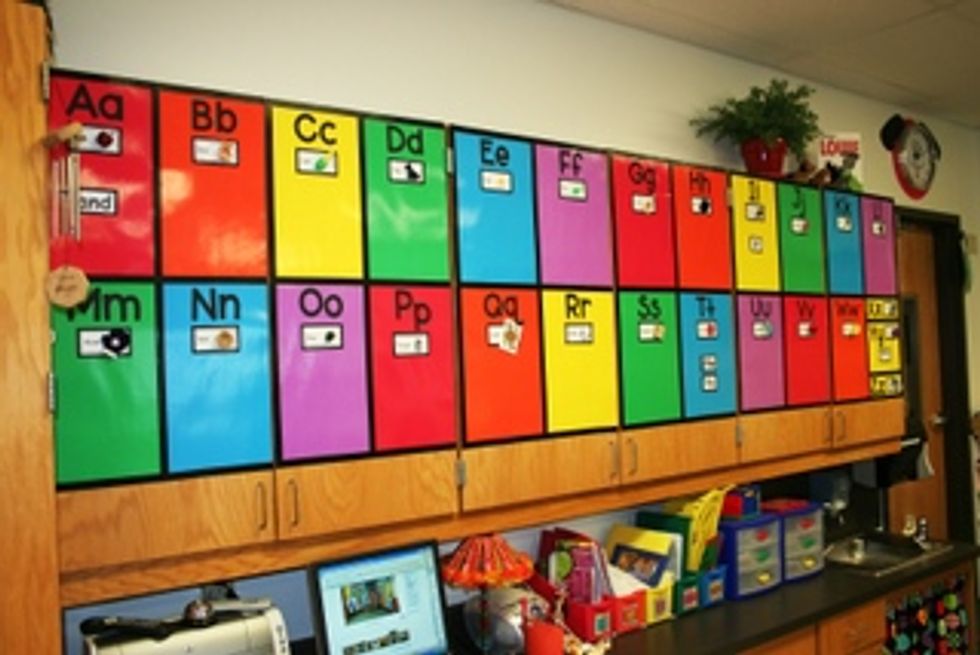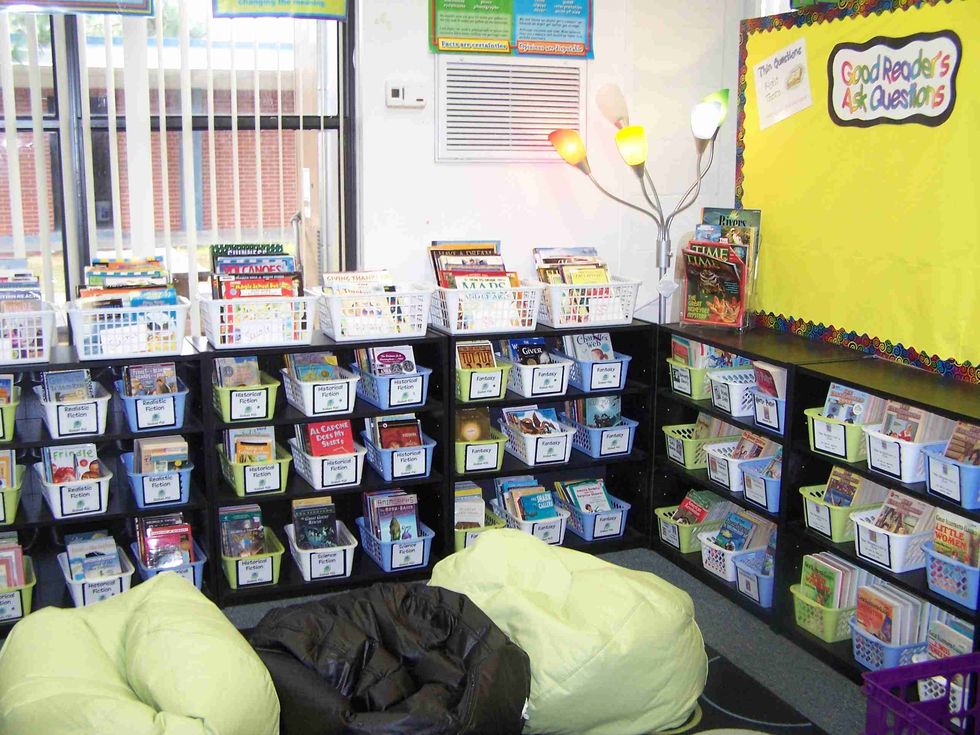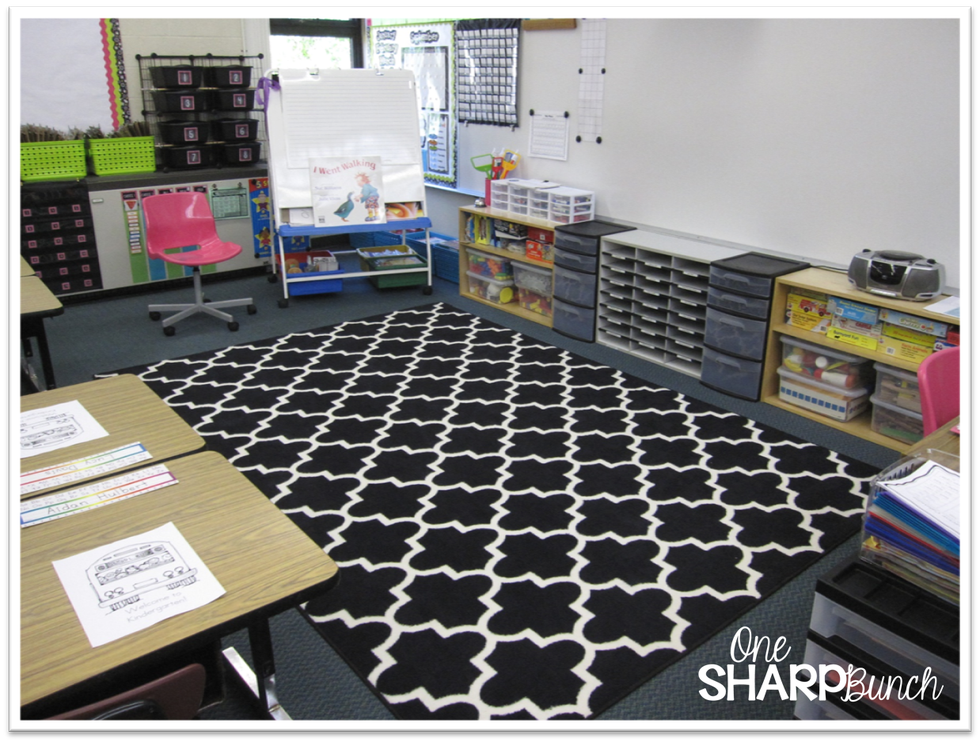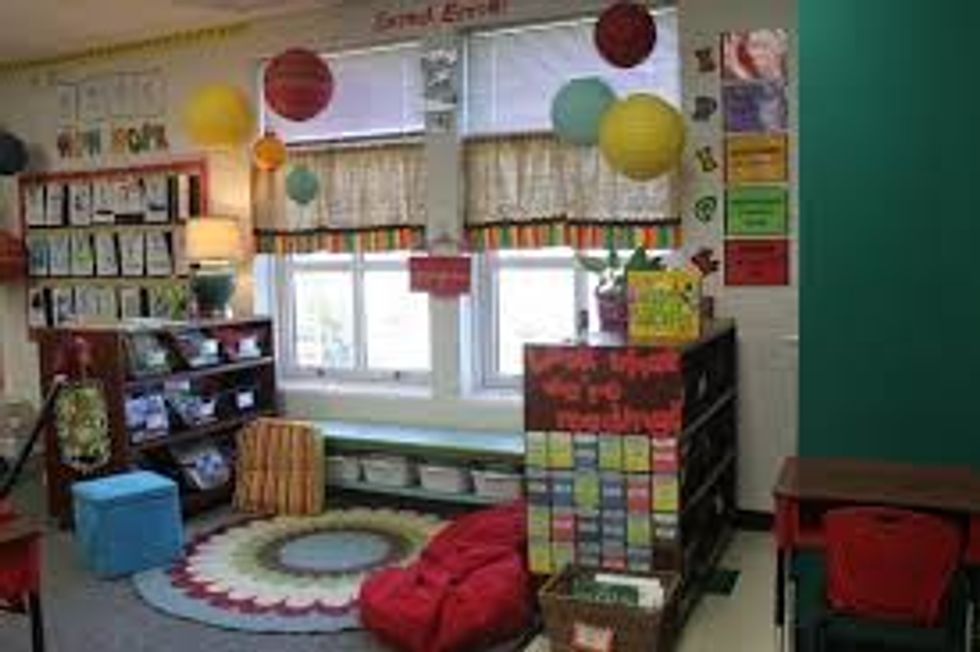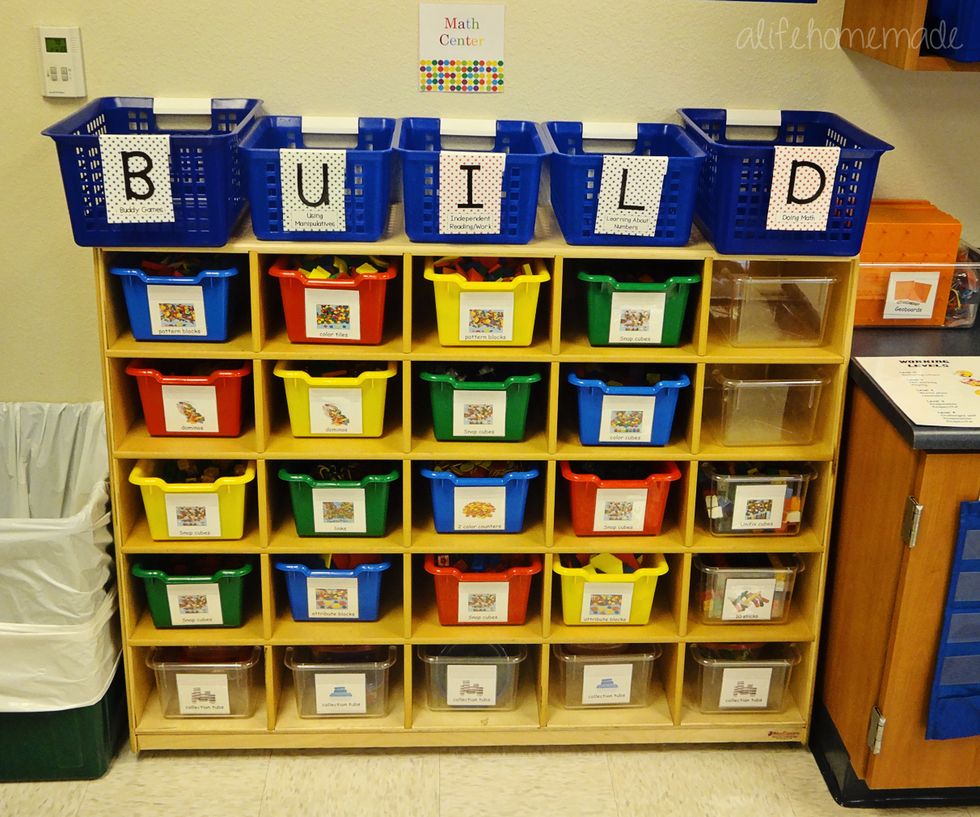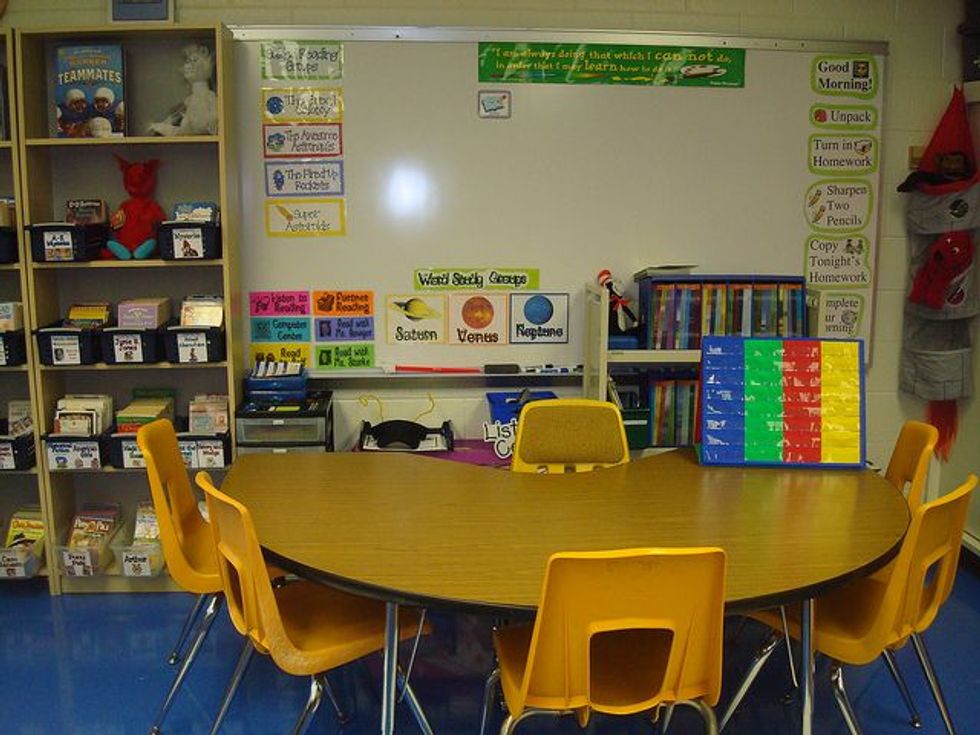When you become a teacher and begin thinking about your classroom, there are a few things that instantly come to mind. Everyone tends to assume that all elementary teachers love bright colors, organization, flexible seating, etc. But what most people don't usually consider is that almost everything in a teacher's classroom serves a learning purpose.
Sure, we want our rooms to look cute and inviting, but the main purpose for the layout and decoration of our room is to help students learn! There are certain areas of a classroom that are absolutely essential to teaching students and helping them learn to the best of their ability. In almost any elementary classroom, you will see...
1. Word Wall
Whether you teach Pre-K or 6th grade, word walls are so incredibly important! One of the most essential times to refer to work walls is when teaching students to read and read. Start out in Kindergarten by placing sight words (common words that may or not be decodable) near the area where most reading instruction takes place. As they move up in grades, word walls may contain more difficult words, irregularly spelled words, or content-specific words. You would be surprised how often these word walls are referenced! They are an amazing tool to boost student learning.
2. Classroom Library
A classroom library is where a teacher can really go crazy with decorating and organizing... because it's so worth it! Students LOVE this area in any classroom, in any grade. And you don't have to teach K-2 or Literacy to take advantage of a classroom. Fill the learning environment with books and resources about age-appropriate science experiments, or research books and magazine about historic events. You can even find numerous books to help teach math! Sometimes, all it takes for a student to really grasp a concept is to present the content in a new and engaging way. Books are just the trick! Check out Ramona Recommends for awesome recommendations of how to use picture books in ANY classroom!
3. Area Rugs
In Kindergarten, rug spots are a huge deal because students are beginning to learn about personal space and how to respect their peers. As students grow, they view rug areas as more relaxed, enjoyable places to be. Students may prefer sitting on the rug to learn in front of the board, or they may enjoy stretching out with a good book in the classroom library.
Whenever you use them in your classroom, you are designating a specific area where certain things should be accomplished... this is a great area to hang expectations and proper procedures on how to behave on the rug.
4. Student Work
There's nothing teachers enjoy doing more than bragging on our students! No matter what grade you teach, you should have spaces available to display student work. This area can be inside the classroom, outside in the hallway, or both! You can make these displays as simple or creative as you want, just as long as the focus in on student achievement. This area highlights their accomplishments, and provides evidence of their learning to fellow students, teachers, administrators and parents.
5. Hands-On Activities
This area is where students really solidify their knowledge. Using manipulatives and other tools helps concepts "click" in students' brains and takes their learning to higher level. Don't you get tired of hearing the same information in the same old way? With hands-on activities, instructional content is presented in a fun and engaging way which really gets the students involved and ensures they are ACTIVE learners. Typically, math tools come to mind when we talk about manipulatives, but this area can be full of tools for a variety of content areas! Maps, magnifying glasses, reading aids, vocabulary games, and puppets can all have a home in this area.
6. Guided Groups
This area is where most of the magic happens! Using small-groups is one of the best learning strategies used in a classroom. No matter what grade or subject you teach, incorporating daily guided group work is imperative for student success! This area is where you will provide the most support for students who need the most progression. Grouping students together in ability groups is so important to ensure your groups run smoothly and that each student gets the support they need.

